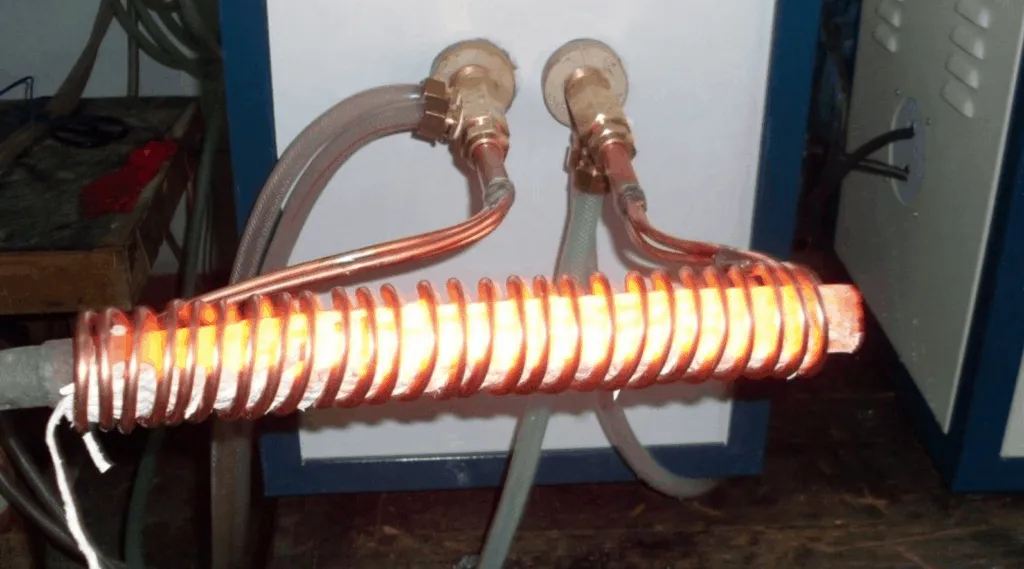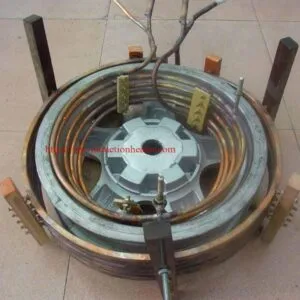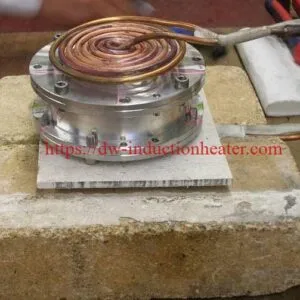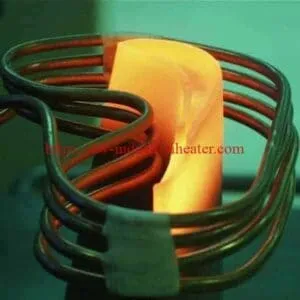-
1/5
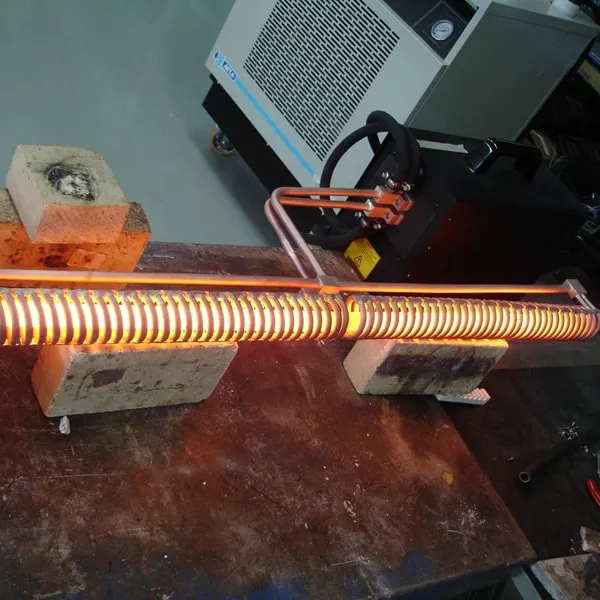
-
2/5
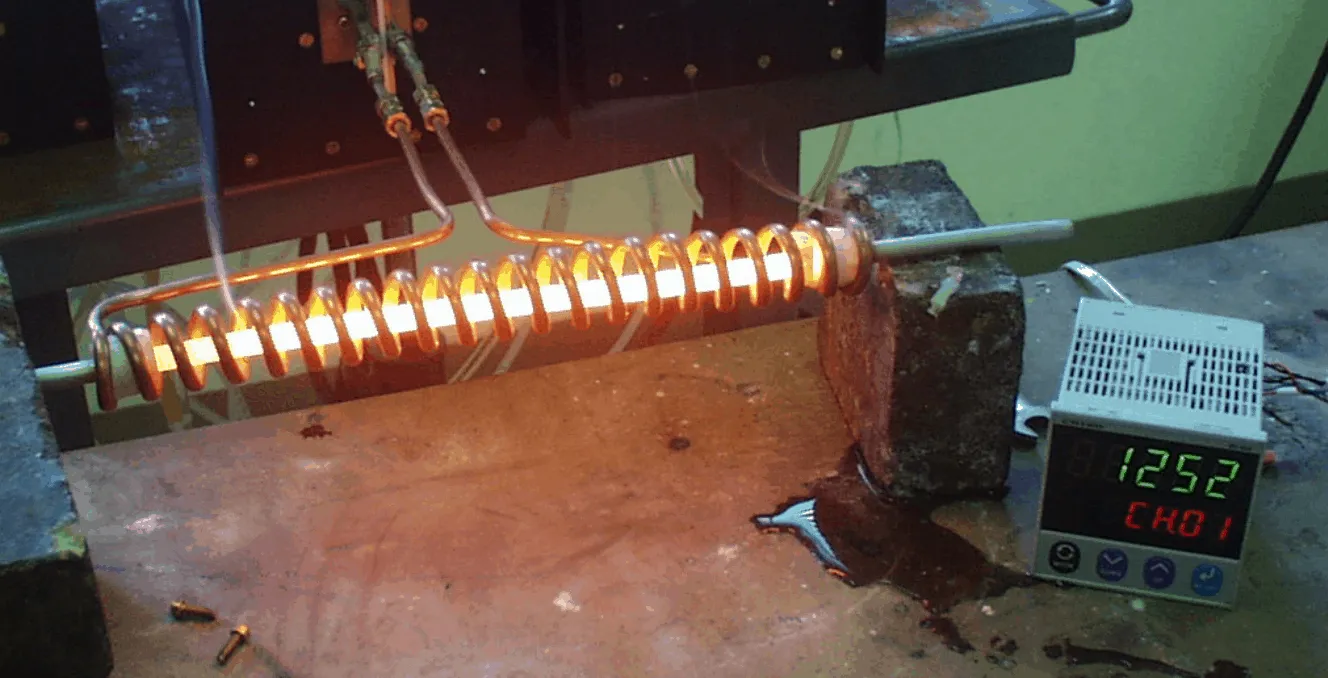
-
3/5
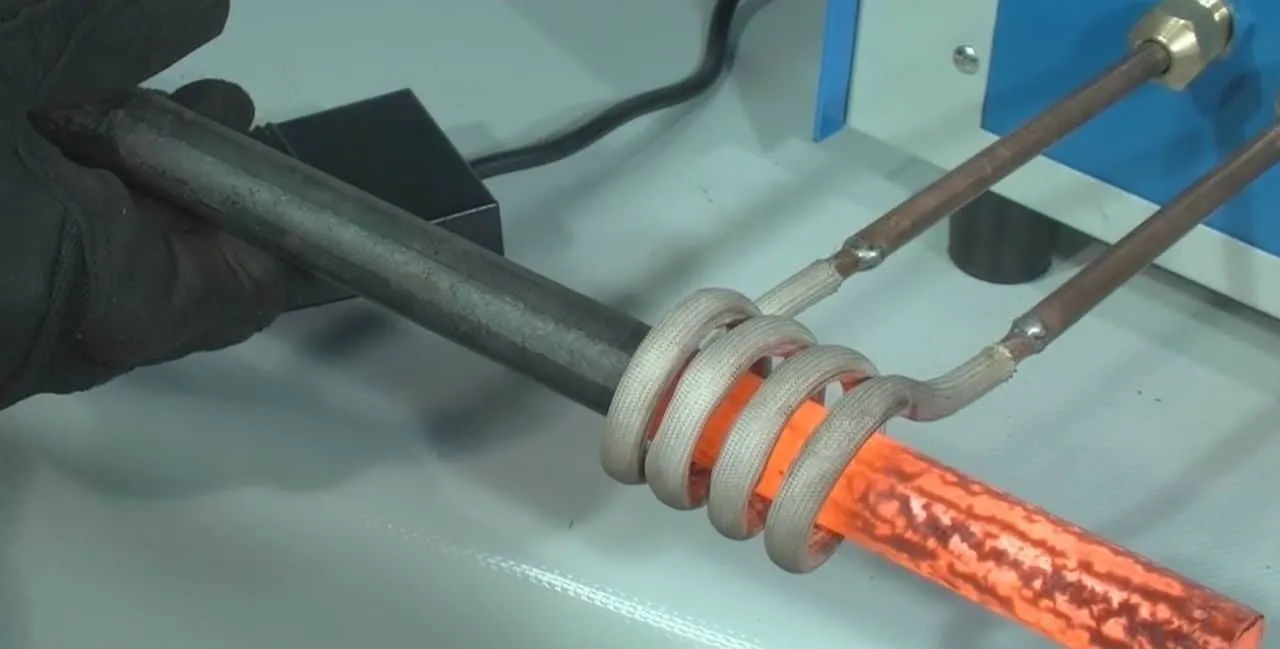
-
4/5

Induction Steel Wire Tempering
Induction Steel Wire Tempering Procee Application
What is induction tempering?
Induction tempering is a heating process that optimizes mechanical properties such as toughness and ductility in workpieces that have already been hardened.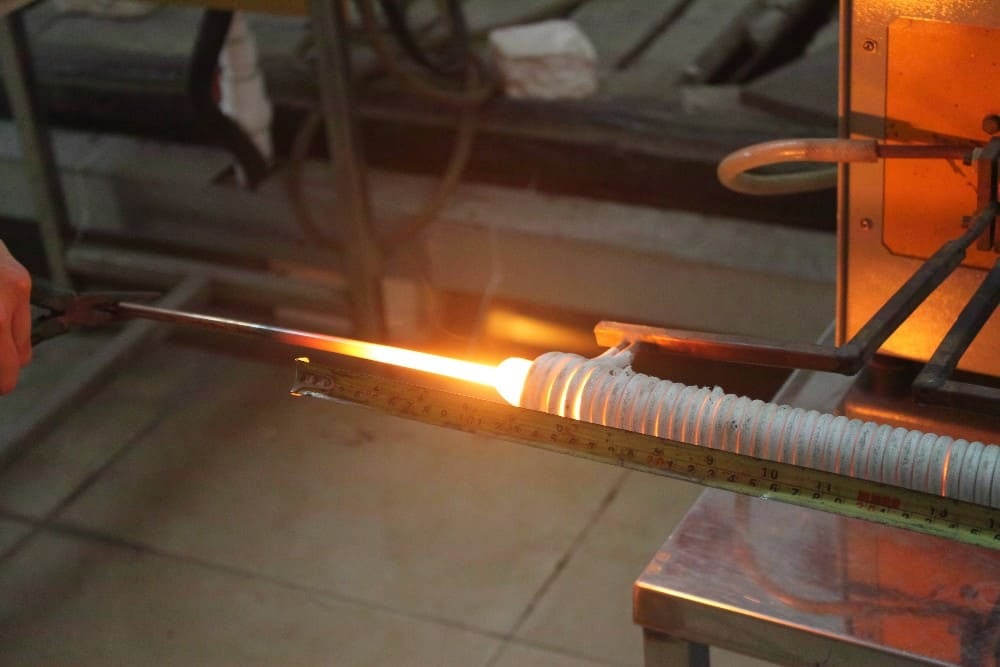
Induction Steel Wire Tempering
We ensure high quality, fast turnaround, excellent customer service, and competitive pricing.
HLQ is a leader in the induction heat treating industry providing a variety of heat treating services, including induction tempering, in China. Induction tempering is a heat treating process normally performed after the induction hardening process has completed. It is performed at a lower temperature than the induction hardening process in order to reach a desired hardness range or to add toughness to the part by increasing ductility. Induction tempering of steel typically is done with low-frequencies to produce results in seconds similar to furnace tempering applications that typically take hours.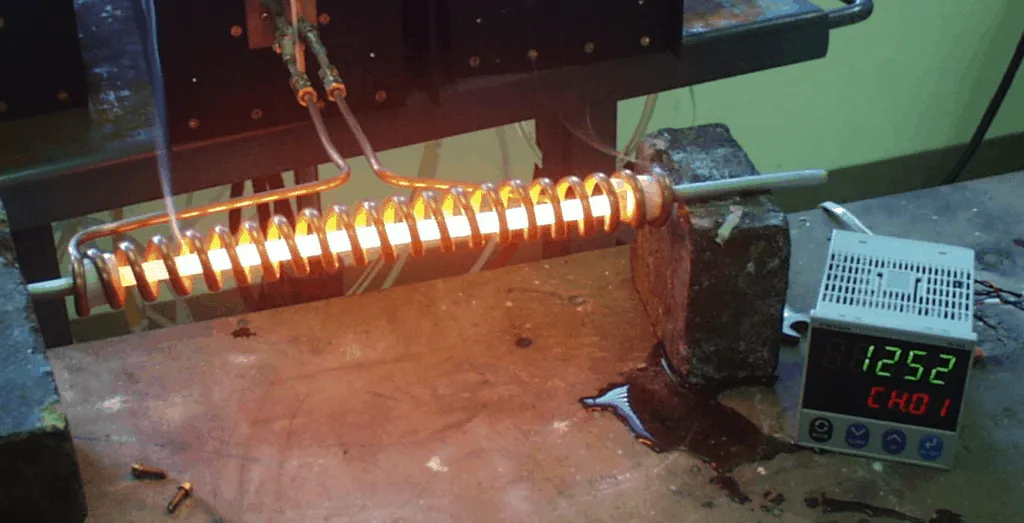
Objective:
Induction heating is applicable to a continuous tempering process in which wire stock is fed through an induction coil at production speeds.
Material: Steel wire 3mm to 12mm diameter
Temperature: 1922 ºF (1050 ºC)
Frequency: 90 kHz
Induction Heating Equipment: DW-UHF-60 kW, 100 kHz induction heating system, equipped with a remote workhead containing eight 1.0 μF capacitors for a total of 2 μF
– Three induction heating coils designed and developed specifically for this application to cover the range of wire
diameters.
 Induction Tempering Process:
Induction Tempering Process:
Wire stock is fed through a forty-turn helical coil at a rate of 6 meters/minute, reaching the desired temperature to effect the tempering process. A similar 20 turn helical coil is used for the largest wire diameter
Narrative Process:
required maintenance of 6 stock feed-lines into a gasfired furnace with disappointing heat transfer into wires of smaller diameters. Induction requires 50% less energy and reduces production-line footprint by 90%
Results/Benefits Induction heating provides:
– heat directly into the wire, saving energy and time
– easy integration into production line, improving throughput
– precise control of heat
– even distribution of heat within the wire
Where is it used?
Induction tempering is widely employed in the automotive industry to temper surface-hardened components such as shafts, bars and joints. The process is also used in the tube and pipe industry to temper through-hardened workpieces. Induction tempering is sometimes performed in the hardening station, other times in one or several separate temper stations.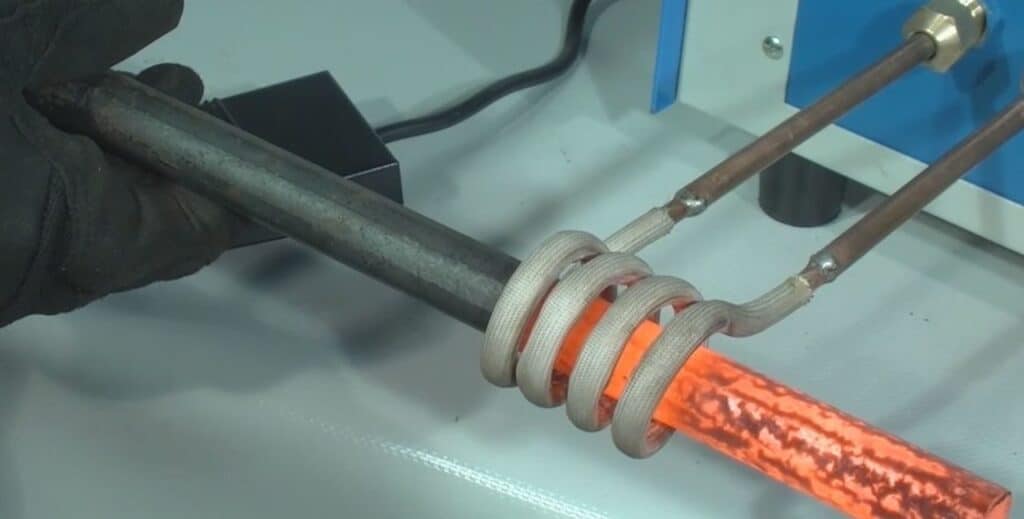
Why use induction tempering?
Our induction tempering process generates results quickly. Tempering of hardened steels is a function of both time and temperature. Induction tempering uses shorter heating times (usually only seconds) and higher temperature to produce results equivalent to furnace tempering treatments that often require hours. Induction tempering can be performed on all hardened components. The result is a component with increased toughness, ductility and impact strength.
What are the benefits?
The main advantage of induction tempering is speed. Induction can temper workpieces in minutes, sometimes even seconds. Furnace tempering typically take hours. And, as induction tempering is perfect for inline integration, it minimizes the number of components in the process. Induction tempering facilitates quality control of individual workpieces. Integrated induction temper stations also save valuable floor space.

